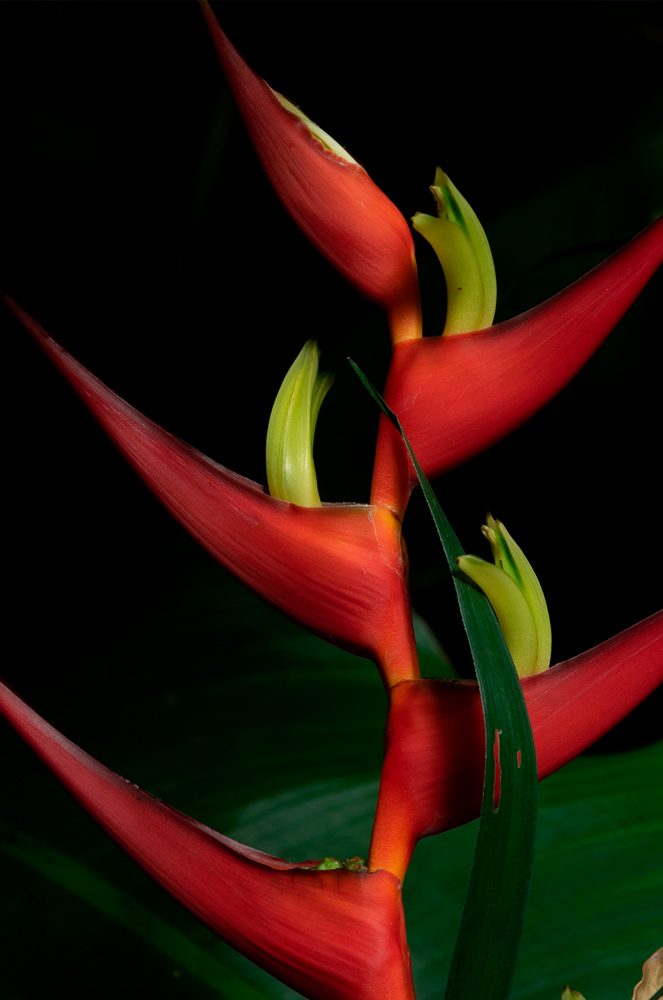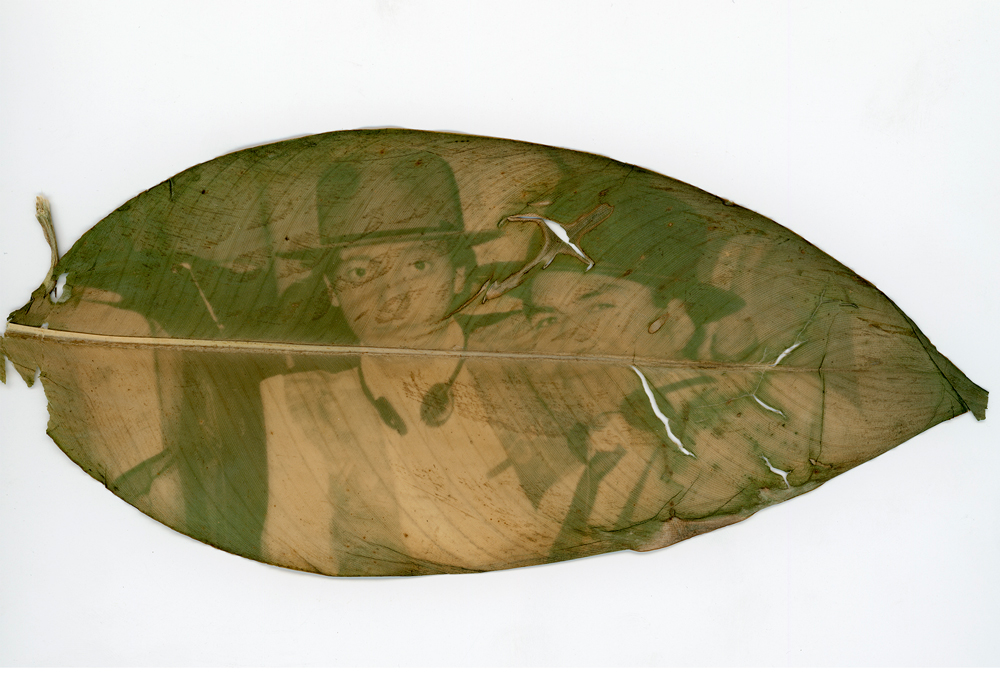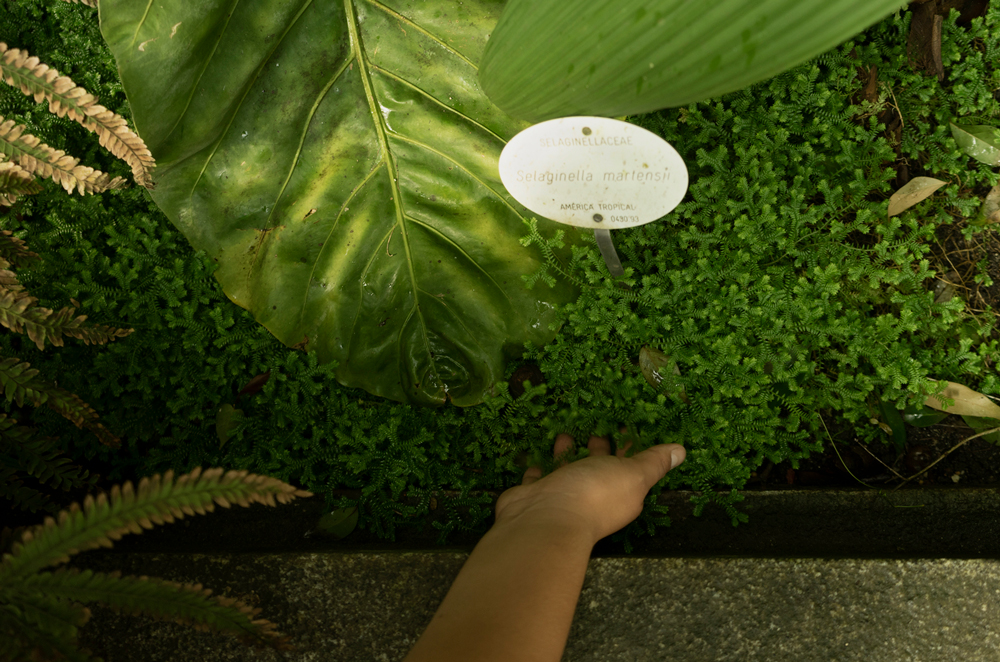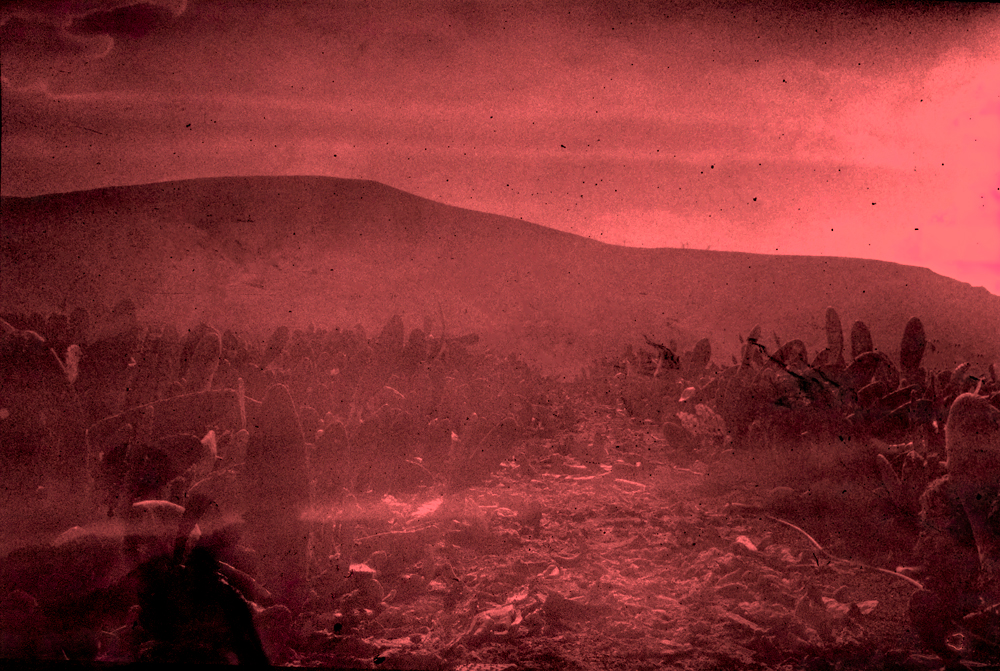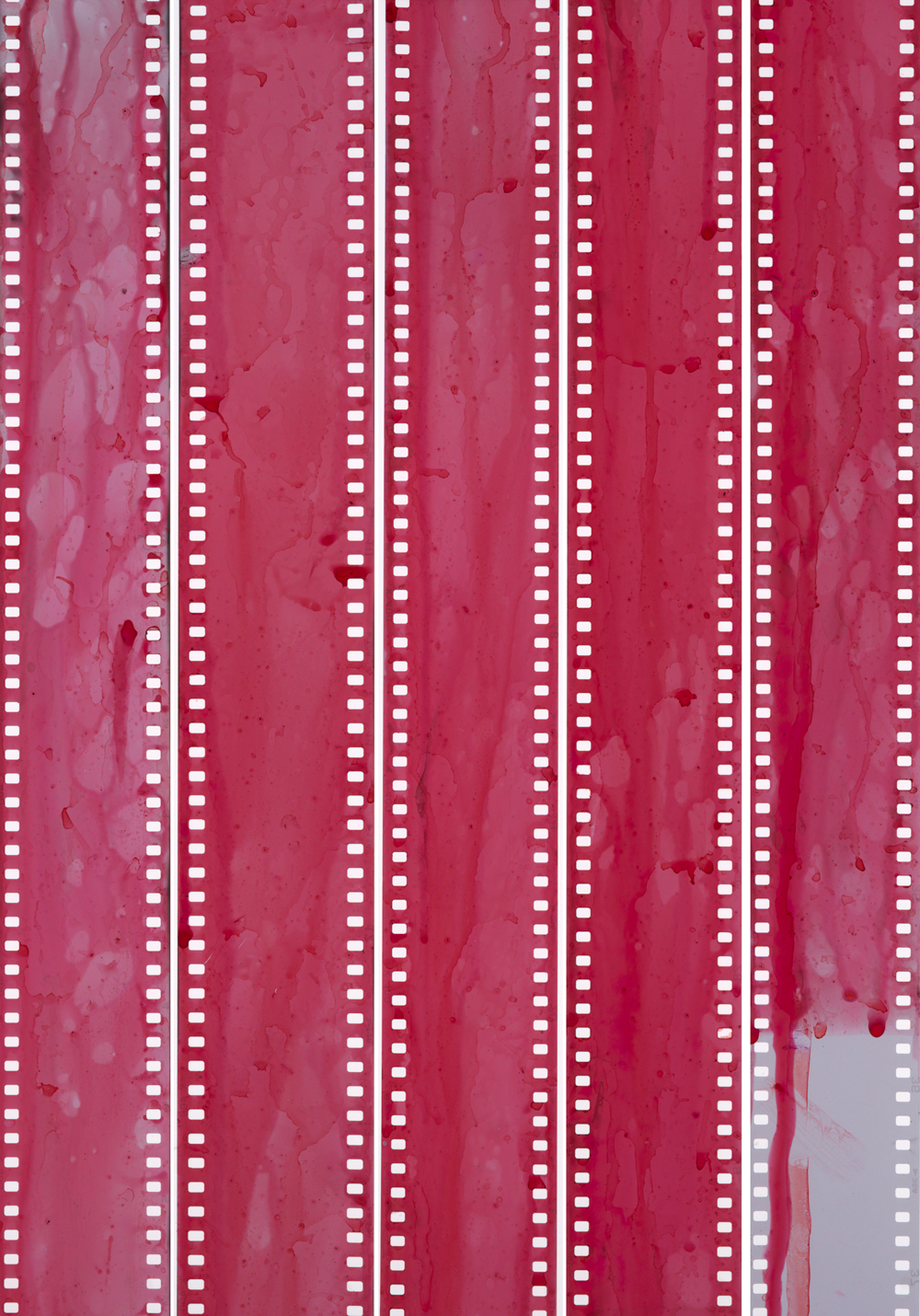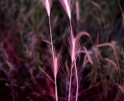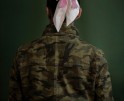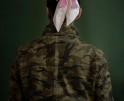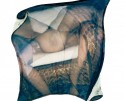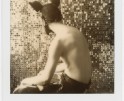Photography & Anthropology: Gin Ro, “Esquejes” and “Oro Rojo”
Among the awards she has obtained are: the BilbaoArteFundazioa 2021 Study Session Grant, International Residency at Centro de Arte la Regenta (2022, Gran Canaria), Residency “Rouvrir le Monde” in Focalquier (2022, France), Selection of Solo Exhibitions 2022 in Fundación BilbaoArte Fundazioa (Bilbao), Finalist in Festival de Fotógrafas BAFFEST (2022, Bilbao), Selection of Solo Exhibitions in FLACSO Arte Actual (2023, Quito) and was one of the 25 selected in the XX Biennial of Photography in the Centro de la Imagen (2023, Mexico City). Her work has been exhibited in Mexico, Spain, Ecuador, Chile and France.
Follow Gin Ro on Instagram: @ginro_photographer
Her artistic research focuses on the transformation of identity through social, economic, and historical processes, exploring themes such as coloniality and globalization from a decolonial feminist perspective. She is currently living in Madrid, exploring the link between image and textile, through experimentation with materials and manual techniques. In her work, she uses the images more as a means than as an end, so she works mostly with archives, poor images, and pre-photographic techniques.
Gin Ro has given us the following statement on the articulation between photography and anthropology:
Although my work can be considered anthropological, I believe that in recent years I have been more concerned with questioning the construction of ‘the other’, where anthropology and photography are two major ways of constructing narratives of otherness. Generally, these narratives represent a version of reality from a single point of view, often Eurocentric and masculine.
At the moment, I feel that my work speaks more about ethnography and the ‘situated body’, a concept from decolonial feminist theory that argues that knowledge has a body of enunciation, in my case, from my body and experience as a racialized woman. My projects start from my own community, for example, ‘Esquejes’ deals with Latin American migration in Madrid, a community I am part of.
In the case of ‘Oro Rojo’, although the cultivation of cochineal (grana cochinilla) was not part of my daily life, I was aware that it is a knowledge constructed in Mexico. What I wanted to emphasize is the critique of all the knowledge extracted from the global South for the benefit of the global North and those who are part of this system of inequalities.
I think my personal experiences have influenced my work. I have only worked in other territories once, preferring always to work from what is close to me, from what I am living. This doesn’t mean I put myself at the center of my work, but my reflections, questioning, and way of criticizing reality are present.
In terms of the dynamics of who photographs whom, there is always a power dynamic, as the one who has the camera is the one who visualizes. In this sense, the North has a long history of visualizing people from the global South. But what I try to do is to add a perspective from the global South, questioning my own way of making and the narratives I want to visualize.
In ‘Esquejes’, for instance, I include audio and personal archives of migrant people to avoid a single viewing perspective. I see these stories as a mosaic of experiences that break with the idea of a ‘single story’, as Chimamanda Ngozi Adichie would say. Part of my practice also involves talking to the people I work with, being careful, and practicing active listening. Although I try to work in a different way, there is always a difference between the person taking the photo and the person being photographed, and sometimes you have to point out this device that has been constructed. As for the spectators, I like to invite the people who participated in my projects to the exhibition hall. Once, Carlos, one of the migrant people who participated in “Esquejes”, brought his family to the exhibition, people who are not familiar with these spaces. I think this gives them a sense of power to see themselves in an exhibition space, demystifying the art of everyday life and of bodies that have been subalternised.
In ‘Oro Rojo’, I also invited the people who are involved in the production of grana cochinilla, and who helped me to carry out the project, to the opening. It was curious to see how they took pictures of the photos, creating a kind of metaphotography. They also asked me for photos to use in their social networks, which I considered a form of compensation and exchange for their participation in the project.
With my work, I always hope to invite an audience that is not immersed in art and culture. I believe that art is a form of knowledge that can question or bring a new way of seeing and thinking about things, be it through sensibility, theory or a combination of both. I hope that my work provokes the viewer to reflect on the issues I address. I am currently working on a project called ‘Mal de Ojo’, where I question the visualisations of the women of Abya Yala (America) from the narrative of the Museo de América in Madrid. In this case, I am moving away from photography and experimenting with textile techniques.Part of my current work also involves linking craft forms or ‘manual know-how’ as a valid and processual form of knowledge.
Carlos Barradas is a photographer with a Ph.D. in anthropology and a master’s degree in contemporary photography from the Istituto Europeo di Design in Madrid, he has been producing photographic and textual essays on issues such as territory, colonialism and post-colonialism, disability, new masculinities and sustainability. Considered by GUP Magazine as one of the 100 European photography talents (2020). He has already exhibited at Foto Rio, Rencontres d’Arles 2019 & 2023 (promoted by the British Journal of Photography and Der Greif), at the International Center of Photography, in New York (2020) and at the BFoto Festival (2021). Winner of the “Cities in the City” initiative at PhotoEspaña and the Porto Photography Biennale’21, awarded a Criatório (2022) and, more recently, guest artist in residence at Encontros da Imagem 2023 edition. Co-creator and co-editor of the online magazine contemporary photography line SOPA and content editor of the photography platform Lenscratch, based in Los Angeles.
In his work he engages with ambiguity. He positions his photographs in a liminal state, an anthropological concept that refers to an intermediate phase or condition in a certain rite of passage. It intends for them to become a receptacle where people deposit their narratives. In this sense, they become a habitable space, where emotional states, memories and social and cultural values come into play, defining the interpretation made of the image.
His artistic practice is developed around personal work, but also the development of free workshops for the communities he works with, always resulting in fanzines, collective exhibitions or other types of artistic products, as has happened in Portugal, São Tomé and Príncipe or Namibia. He believes that it is through these joint initiatives and the participation of communities that the visual production and the intended local cultural mapping will be richer the greater their engagement.
Follow Carlos Barradas on Instagram: @barradascarlos
Posts on Lenscratch may not be reproduced without the permission of the Lenscratch staff and the photographer.
Recommended
-
Kyle Agnew | Our Cheeks Blush Amidst Prairie GrassesMay 10th, 2024
-
Andres Pérez: Familia Muerta / Patria MuertaMay 9th, 2024
-
Andrés Pérez: Dead Family / Dead HomelandMay 9th, 2024
-
Once-Taboo: Tynan Byrne’s Polaroids of Bonding and BrotherhoodMay 8th, 2024
-
Cris Gomez’s Polaroids: Being Queer & The Fear of Losing EverythingMay 7th, 2024

